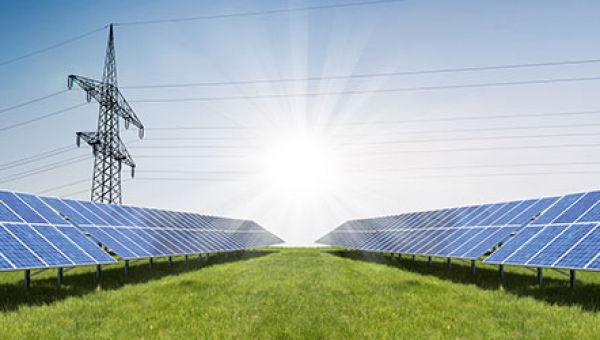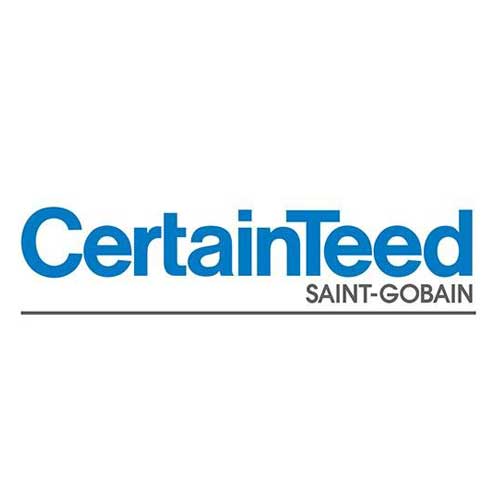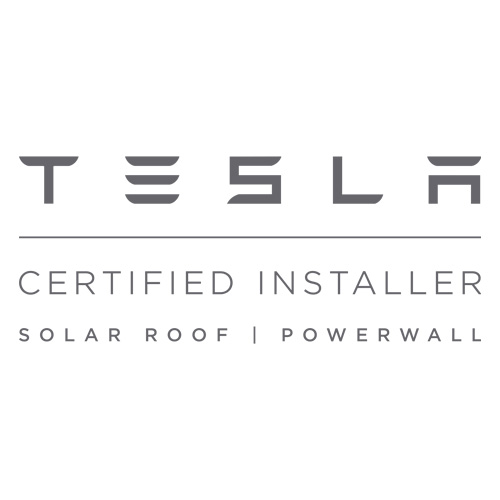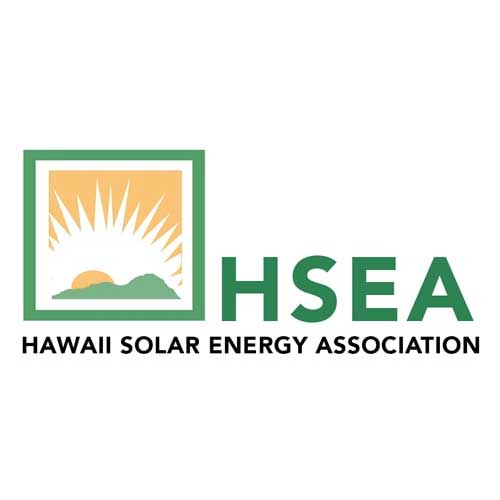
Smart Grid – What Makes It So Smart For Hawaii?
Hawaii has an aggressive clean energy goal that all of the state’s electricity come from renewable sources no later than 2045, but in order to get to that goal our electrical grid needs to be able to support all this renewable energy. One of the ways is by upgrading our existing electrical grid to a Smart grid.
Difference Between a Traditional Power Grid and a Smart Grid
Traditional Power Grid
The electrical grid is a network that delivers electricity from the power plant to consumers. In the simplest form, a power plant generates electricity. The energy is then is delivered to customers through local power lines.
Even using traditional fuel sources like oil and coal, the grid is sensitive and depends upon a steady balance of power generation and load. The reason for this is because even a two percent drop in frequency can result in blackouts and fry customers’ electronics. The system is able to keep the frequency steady when it is dealing with consistent power, like diesel generators or hydroelectric.
But when energy sources, such as wind and solar, which are affected by weather conditions, are thrown in the mix, this causes fluctuations in the energy output, which can cause problems. Thus, HECO often has to limit renewable energy use because the current “traditional” grid is not responsive enough for the fluctuations. Solar installations are restricted to less than three percent of the system’s peak load or lower than ten percent of the load on any one circuit. At the wind farms, HECO has to employ a process known as curtailment and decrease power generated by the windmills, sometimes up to 100 percent of the available wind energy.
Smart Grid
The Smart Grid uses sensors along the transmission lines and smart meters that allow two-way communication between the utility and its customers, providing greater insight and unprecedented consumer participation that will allow users to better manage their power consumption.
Some of the benefits of a Smart Grid include:
- More efficient transmission of electricity
- Quicker restoration of electricity after power disturbances
- Reduced operations and management costs for utilities
- Reduced peak demand, which could help lower electricity rates
- Increased integration of large-scale renewable energy systems
- Better integration of customer-owner power generation systems, such as rooftop solar
Integrating a smart grid could become a major factor in helping Hawaii reach its clean energy goals. But there are many challenges to installing a smart grid. In the next article, we will investigate the challenges of integrating a smart grid in Hawaii









